by Dr. Joe Loizzo
I recently had the pleasure of connecting (in person!) with contemplative neuroscientist David Vago and some of our mutual friends at the inaugural meeting of the International Society of Contemplative Research (ISCR) he founded with Nalanda Institute board member Doris Chang and others. Set on the lovely campus of the UC San Diego, the meeting brought together Buddhist scholars, neuroscientists, social justice researcher-activists and clinical researchers to explore the future of interdisciplinary dialogue and inquiry in the fast-growing field of contemplative science and practice.
by Joe Loizzo
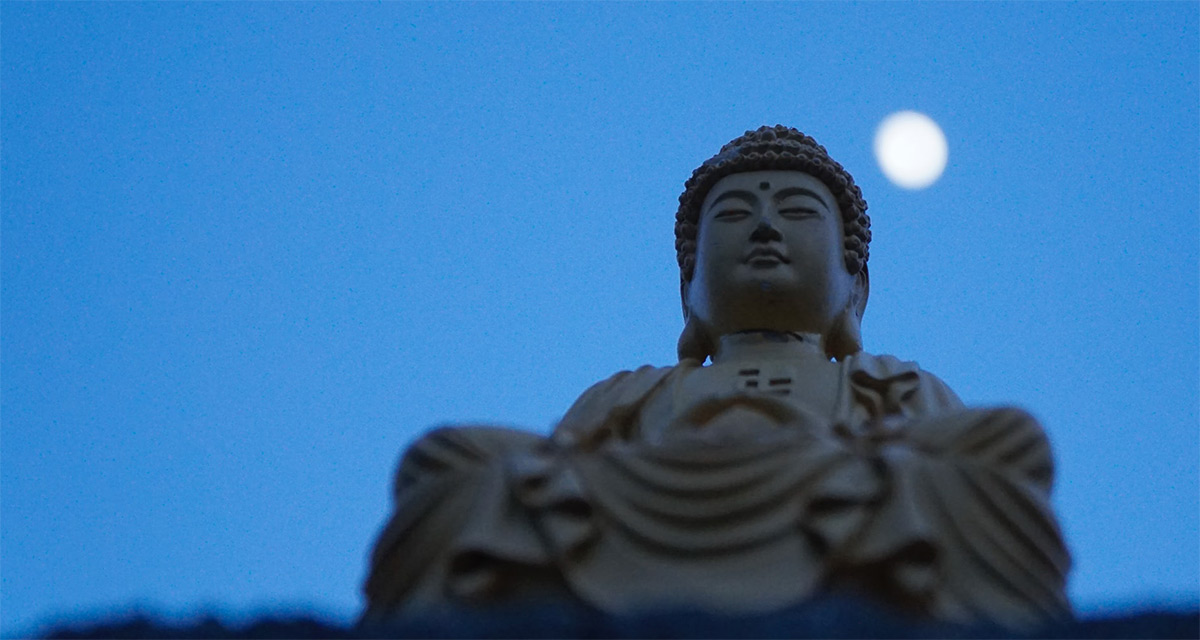
Joe Loizzo MD, PhD, is the founder and Academic Director of the Nalanda Institute for Contemplative Science. The following essay has been adapted from the forthcoming 2nd edition of Advances in Contemplative Psychotherapy to be published by Routledge in January 2023. To learn more about the Contemplative Psychotherapy Program visit our information page.
Contemplative psychotherapy is a hybrid therapeutic approach that blends the meditative insights, ethics and practices of Buddhism with the theory and application of Western neuropsychology, social psychology and psychotherapy. This amalgam may invoke cognitive dissonance for some. “Contemplation” and “contemplative” — terms derived from the Latin contemplatio — have historically been used to describe a discipline of individual and group reflection considered central to introspective learning, especially the meditative and ethical learning practiced by lay and professional people in traditional Western religious communities. Psychotherapy, on the other hand, has evolved as a healing discipline of introspective learning based mainly on a dyadic method of reflection, informed by scientific views of human nature, and practiced in confidential relationships by mental health professionals and their clients in modern clinical settings.
by Joe Loizzo

As our lives return to a new and somewhat tentative post-pandemic normal, once again we find our days filled with doing. It’s vital therefore, that we greet the summer months as a precious opportunity for just being. Whether you need to recharge and refresh, or just stop and reflect, let’s make the most of this natural pause to realign our nervous systems with the energy and chemistry of thriving and well-being.
by Joe Loizzo, MD, PhD
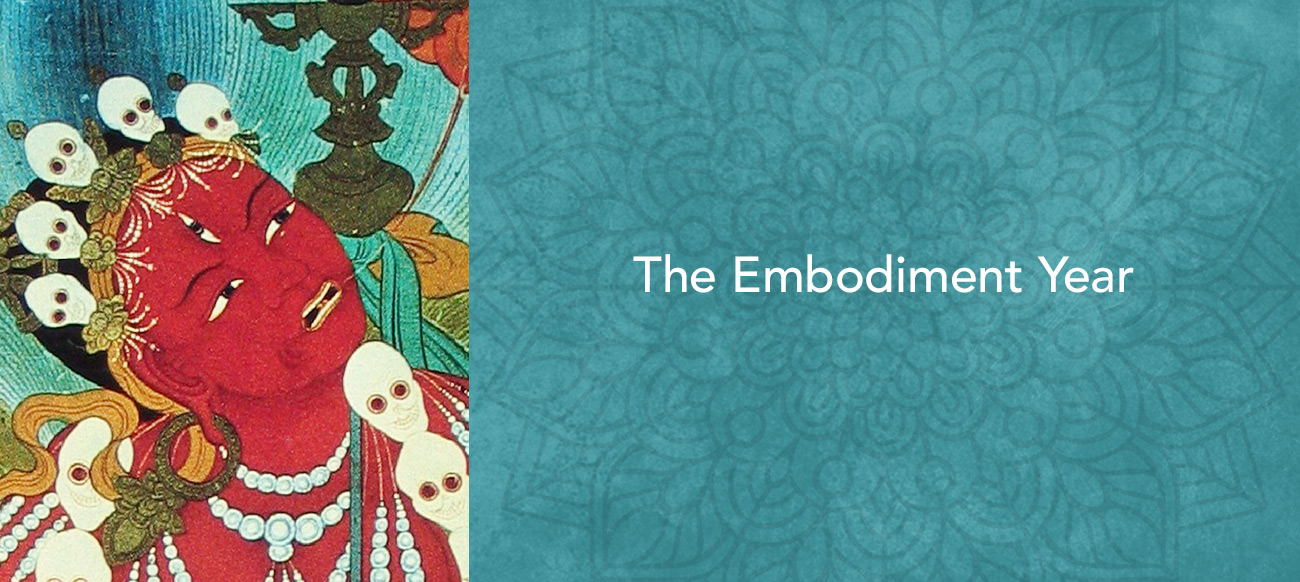
Today’s confluence of breakthrough neuropsychological research and diverse methods of mind/body health and well-being has coalesced in a new multi-disciplinary consensus and a historic confluence of distinct therapeutic approaches. Centered around a positive new science of human nature and a radically optimistic framework of plasticity, learning and change, this watershed has prompted a dialogue about mental health and well-being that not only crosses the lines between distinct schools of psychotherapy, but also the lines between Eastern and Western, ancient and modern, scientific and spiritual approaches to mind/body healing. Nowhere is the promise of this watershed more apparent than in the surprising convergence of the latest neuropsychology and embodied approaches to trauma with the timeless embodied contemplative psychology and transformational arts of the Tibetan Buddhist Tantras.
by Joe Loizzo, MD, PhD

It’s no secret that our work lives are becoming ever-more complex, fast-paced and stressful in our global, digital age. We need only look at how the COVID-19 pandemic has transformed the workplace to see how rapidly and radically the conditions of living and working in today’s fluid environment can change. At the same time, the pandemic has also laid bare pressing social and environmental needs—for true racial, gender and financial equity, and for a more sustainable economy—that demand fundamental changes in the way we think, live and lead.
by Joe Loizzo
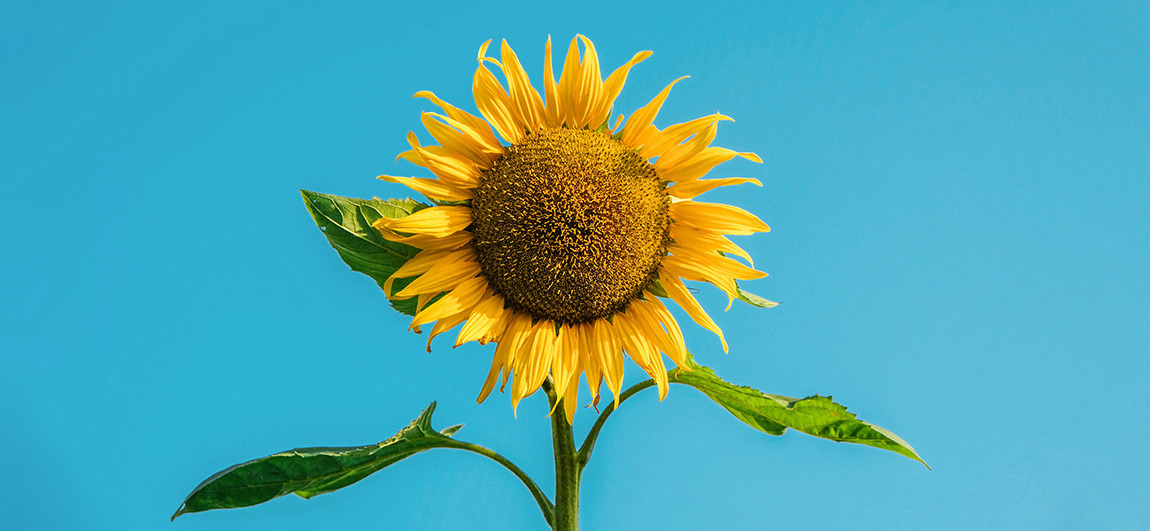
With summer here, we invite you to make more space and time to practice unwinding, whether in your favorite natural refuge—seaside or mountainside, lake or forest—on the cushion in your meditation space or in your choice reading chair or coffee nook in whatever spare minutes or hours you can clear in your day. Turn off your devices, wishing all life well, and reconnect with your own body and mind.
As you reconnect with yourself, tuning in to the natural rhythms of your body and mind, feel how precious such reflective moments are in your life. Especially invite and savor any memories that evoke a felt sense of being fully whole and alive—in harmony with yourself, nature, and the extended family of all life.
by Joe Loizzo
Usually, as summer nears, I would be sitting down to write something to celebrate our recent graduates in our Contemplative Psychotherapy and other programs. But it feels impossible to celebrate anything after watching the gut-wrenching murder of George Floyd on videotape.
As the coronavirus ravages the U.S., disproportionally impacting our black, brown and indigenous communities and revealing the unconscionable health disparities and financial inequities that expose our nation’s structural racism, we see the culture of white supremacy doubling down in the murders of Breonna Taylor, Ahmaud Arbery, Tony McDade, George Floyd and in the incendiary tweets of our president.
But as our black, brown, and indigenous leaders have taught us, this crushing onslaught is anything but new. Watching George Floyd’s life be coldly snuffed out by a seemingly average white policeman is witnessing the reenactment of centuries of cold-blooded oppression against the black and indigenous people of this land, the repetition of a collective trauma as sadistic and psychopathic as any genocide in human history.
by Joe Loizzo

Over the years since I first encountered Seven Steps for Transforming the Mind, the crown jewel of Tibet’s unique and timeless tradition of compassion training (lo-jong), it has been an unfailing source of guidance and inspiration on my own personal path, a real companion through good times and bad. Given the challenging times in which we live, I’m happy to be able to share some of its vital precepts, formulated by the Nalanda abbot Atisha Dimpamkara Shrijnana (982–1054) and recorded by Geshe Chekawa Yeshe Dorje (1101–1175), along with my own personal reflections. It’s my hope that the pointers I’ve selected from this text will help you go deeper in your practice of radical openness and life-transforming kindness, whether for yourself or others, close, neutral and far.
Precepts in italics, my comments in regular text.
![]()
“(This compassion practice) resembles the sun, a diamond, and a medicinal tree—
(It shines on all, cuts the hardest suffering, and is useful in every part).”
Within the Nalanda tradition, compassion is prized and practiced as the ground on which all human progress towards personal freedom and communal happiness stands. Compassion practice is not just for the high minded or troubled. Like the sun it brings vital warmth and light to everyone. Since it is the safest, most powerful tool for facing life’s inevitable hardship and negativity, it is like a diamond blade that cuts through the hardest blocks. And since it is entirely wholesome and endlessly beneficial, any part of this all-inclusive practice, even one precept, can be of life-giving value and life-saving help. So as far as the Tibetan masters like His Holiness the Dalai Lama are concerned, it’s not an exaggeration to say that this simple practice holds the key to all good things for all beings.
By Joe Loizzo, MD, PhD
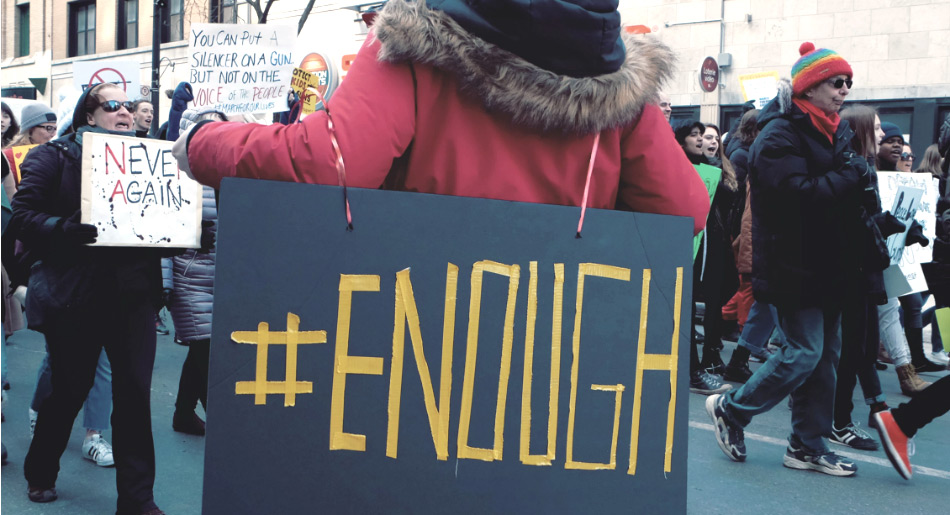
I write this sickened by what has come to feel like a new normal: each week another outbreak of the epidemic of gut-wrenching violence that has been eating away at our body politic, increasingly in recent years. The latest blow: thirty one innocent people killed in El Paso and Dayton—including the people of color, women and Mexican nationals targeted—by two young white men infected with the violent ideologies of white nationalism and toxic masculinity. How can such tragedies happen here and now? How can families back-to-school shopping and couples on date nights be unsafe in twenty-first century America? While the voices of white blindness point the finger at mental illness or video games, mental health professionals, women, gender non-conforming individuals and people of color—for very different reasons—know better. This kind of violence is directed every minute every day at people with black or brown skin, couples of mixed race, all women, the LGBTQA+ community, refugees, immigrants and at those who practice non-Christian faiths such as Judaism, Islam and Hinduism.
By Joe Loizzo, MD, PhD
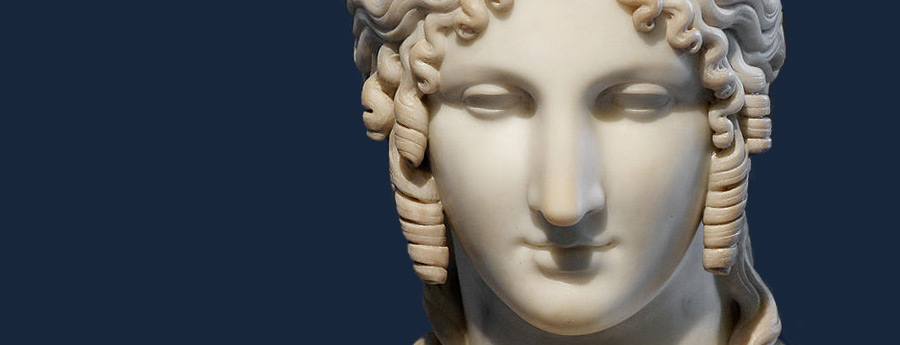
Editor’s note: Joe will be teaching a new course this fall in the Sustainable Happiness program. Learn the potent art of role-modeling imagery in the Nalanda tradition to enable deep transformation. More here.
How can a face launch a thousand ships? Why do lullabies quiet an infant’s cries? Must we be mystics to “still our beating hearts”? Over millions of lifetimes, we mammals evolved a range of special neural structures that have equipped us for an increasingly social life. Three of these help resolve a puzzle that has long stumped modern science: Why do archetypal images, prayers and gestures exert a stubborn hold even on scientifically schooled minds? Breakthroughs in the neuroscience of empathy, emotions and our conscious control of the breath have radically changed our view of our nature, helping explain the stubborn power of spiritual imagery, prayers and ritual.
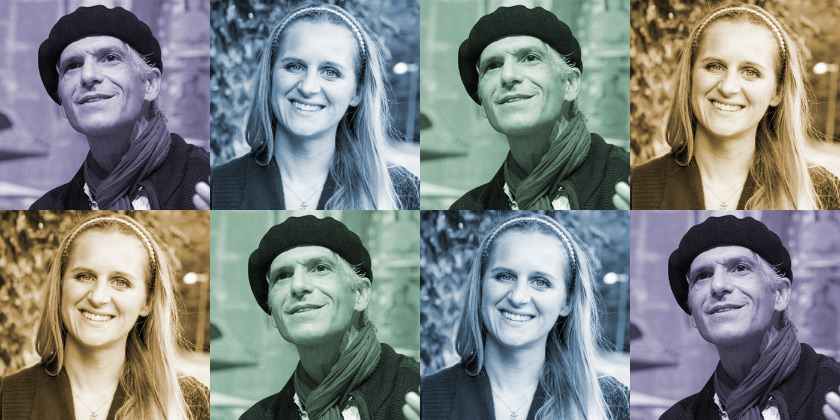
Editor’s Note: Nalanda Institute’s Director, Dr. Joe Loizzo recently sat down with Dr. Emma Seppälä for a conversation about compassion science and their hopes for the future. Dr. Seppälä is the Science Director at The Center for Compassion and Altruism Research at Stanford University. We present a small portion of their conversation here.
Dr. Seppälä is also our Guest of Honor at our 10th Annual Benefit on June 12th. Her talk entitled “Compassion Science: Healing Our Interconnected World” further explores the topics presented here. Find out more about our forthcoming benefit.
Joe Loizzo: Welcome, Emma, and thanks so much for taking the time to speak with me about your work in the science of compassion. First of all, maybe you could fill us in about how you found your way to your unusual career.
Emma Seppälä: While I was doing my master’s degree at Columbia in East Asian languages in the late 90’s, I took a class with Bob Thurman, and decided to focus on Buddhist Studies. That lead me to the seminar you gave on Science, Spirituality and Healing in the Tibetan tradition, where I remember you urged me to go to a talk at Union Seminary by Richie Davidson and Dan Goleman on meditation research, remember?
By Joe Loizzo
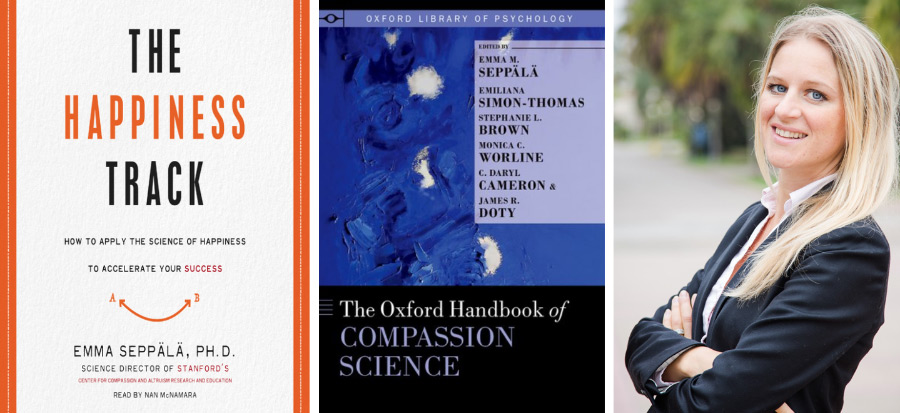
Editor’s Note: In this post Nalanda Institute’s Founder and Director, Dr. Joe Loizzo reviews two books written and edited by Dr. Emma Seppälä, this year’s Guest of Honor at our 10th Annual Benefit (June 12, 2019). As you’ll see, her writing, research, and position as Science Director of the Stanford Center for Compassion and Altruism Research aligns perfectly with Nalanda Institute’s mission. Read on to find out more about compassion in action.
Review: The Happiness Track: How to Apply the Science of Happiness to Accelerate Your Success (HarperOne, 2016), by Emma Seppälä, Ph.D.
For most of the modern age, our scientific view of human nature and our understanding of the social emotion of compassion have been drifting further and further apart. This is no accident. It reflects the widening gulf between modern science and religious ethics that has caused such a troubling divide in human culture and consciousness in our age. Specifically it reflects an intentional distortion of Darwin’s view of human “fitness” to mean that the traditional ethical values of love and compassion conflict with our natural strengths, and that such emotions are in fact sentimental weaknesses. Quietly over the last five decades, biology has begun to heal the modern divide and expose this distortion, helping us rediscover the wisdom in Darwin’s observation that “communities with the greatest number of sympathetic members would flourish best.”
View a brief video excerpt about Polyvagal Theory:
by Joe Loizzo
Recently I had the rare opportunity to interview one of the rising stars of the new neuroscience, Dr. Stephen Porges, the lone pioneer of the latest research on the unique role of the autonomic nervous system in human life. Many of you have heard me repeatedly try to convey the revolutionary impact of his work on the main neural governor of our body states, moods, mind states, and responses. So you can imagine how thrilled I was that he agreed to speak at our upcoming Annual Benefit, and to spend an hour of his time with me sharing his journey of discovery and reflecting on his work’s relevance to science, psychotherapy, contemplation, and contemporary life.
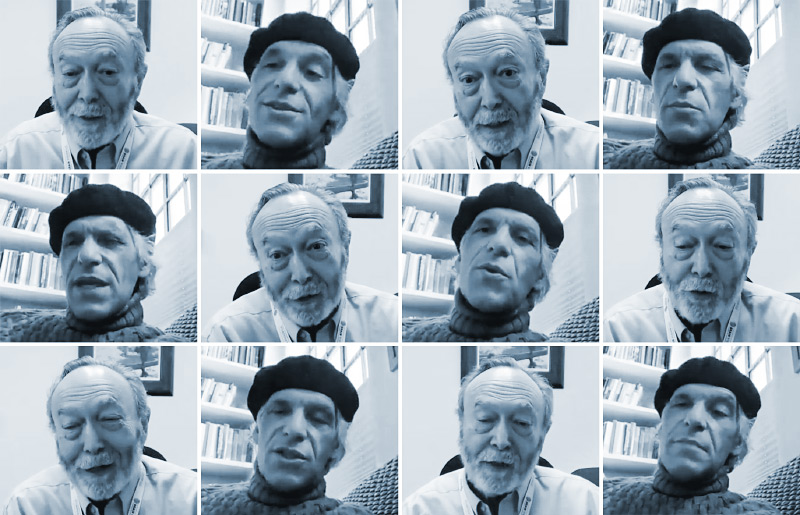
What I learned in that interview came as no surprise: Dr. Porges is the real deal, a rigorous researcher whose work is transforming our view of human physiology and health and will impact science for decades if not centuries to come. The surprise was to find that Stephen also happens to be a vital, creative child of the 1960’s—a humanist at heart who followed his passion for music deep into the evolutionary sources and innermost mysteries of human life: the healing, connective power of fearless presence, awe, and love. I’d like to share with you a few excerpts from our interview, and hope that they will whet your appetite to hear more from this inspiring pioneer at our 9th Annual Benefit on June 8th!
by Joe Loizzo
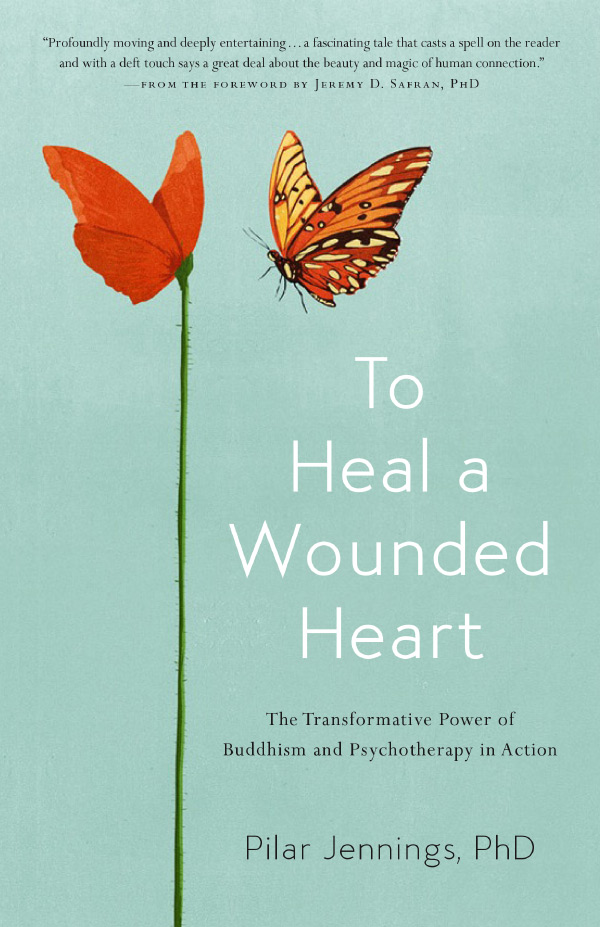 I am delighted to be able to share with you two excerpts from the exciting new book penned by our dear friend Dr. Pilar Jennings. Many of you know Pilar already from her incredibly clear and kind teaching as a core faculty member in our Sustainable Happiness Program and our Contemplative Psychotherapy Program, or from our last Annual Benefit.
I am delighted to be able to share with you two excerpts from the exciting new book penned by our dear friend Dr. Pilar Jennings. Many of you know Pilar already from her incredibly clear and kind teaching as a core faculty member in our Sustainable Happiness Program and our Contemplative Psychotherapy Program, or from our last Annual Benefit.
In To Heal a Wounded Heart, Pilar has outdone herself, bringing her incomparably wise and nurturing voice ever deeper into the intimate realm where Buddhism and psychotherapy meet to turn trauma into wholeness. We know this taste of Pilar’s heartfelt reflections on her encounters with clients and with her guru will whet your appetite for the whole feast.
To Heal a Wounded Heart: The Transformative Power of Buddhism and Psychotherapy in Action is available on Amazon*.
Two excerpts from the introduction to To Heal a Wounded Heart by Pilar Jennings
Ten years ago I made a decision I could not have anticipated in my years of training to become a psychoanalyst. I brought my Buddhist teacher and best friend into treatment with my first patient. The idea was to offer Martine, a six-year-old girl I quickly fell in love with, a sense that even the worst losses can be survived. Lama Pema knew something about grizzly loss and extreme vulnerability. As a child living in Tibet, on the eve of the Chinese invasion, he lost his country, his parents, and even a sense of self still fragile and easily dismantled. Martine’s losses were more chronic—an addicted mother who flitted in and out of her life, who tantalized her with loving but unreliable attention, and an elderly grandmother who held on tight, determined to keep her from the outside world where danger lurked.
by Joe Loizzo
In recent months and years, the young transplant of Tibetan Buddhism in the West has suffered several shocks that have shaken sapling communities in the U.S., and troubled the larger community of Buddhist orders around the world. Given the public controversy and deeply personal introspection stirred by these shocks, including the recent statement by Dzongsar Khyentse Rinpoche, I believe the time is right for us as a community to seriously reflect on what they can teach us about the global future of Tibet’s unique culture and its little understood Vajrayana form of Buddhism, also known as Buddhist Tantra.
[download the full article in PDF format]
by Joe Loizzo
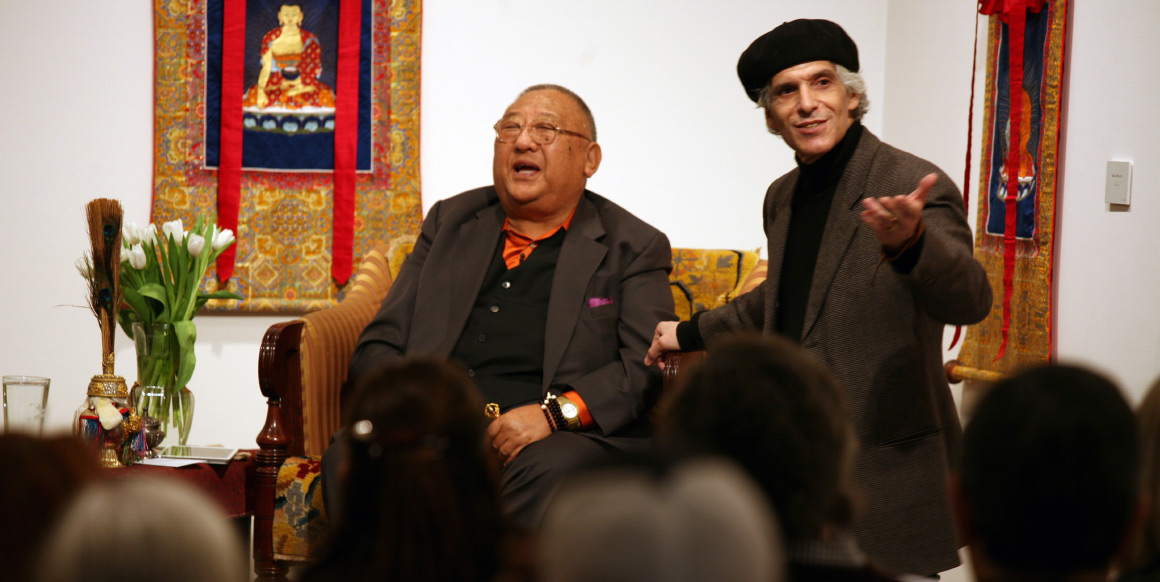
Early this year, the Tibetan community in exile and the international Buddhist community lost one of its leading lights—Kyabje Ngawang Gelek Demo Rimpoche—known to his many students around the world as Gelek Rimpoche, or simply Rimpoche, our precious gem. Besides His Holiness the Dalai Lama and Gelek’s peer, Trungpa Rimpoche, our jewel had few equals in his ability to be a living bridge between the spiritual-intellectual elite of Tibet’s Himalayan ivory towers and the increasingly global technology and pop culture of the modern West. While his preeminence among the vanishing breed of master scholars trained in the mountain kingdom alone would have merited a storied place in history, it was his unexpected role as a leading monk-exile turned lay Buddhist teacher that earned him global renown.

